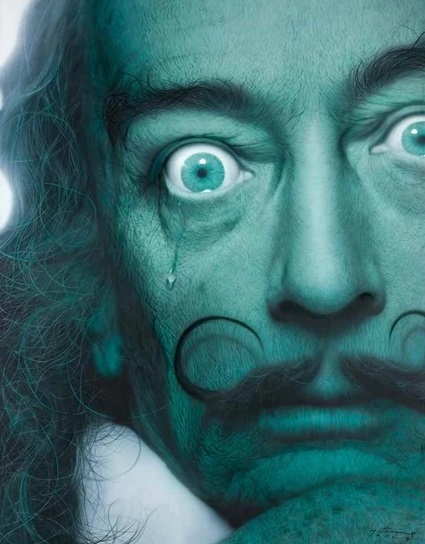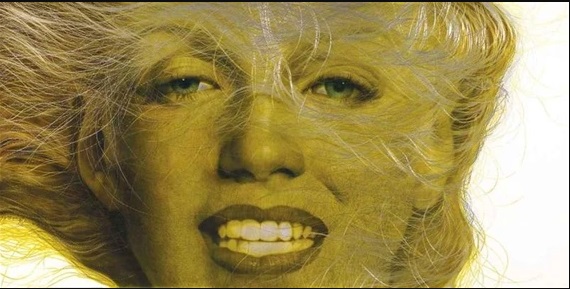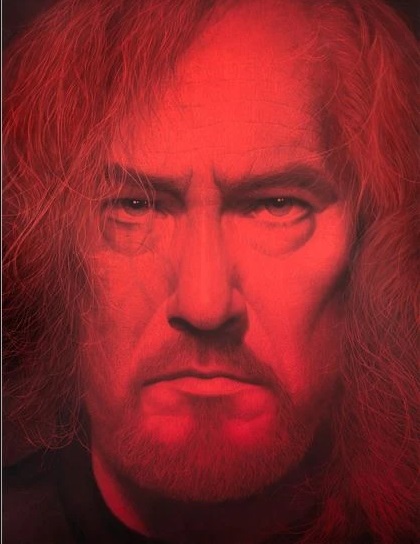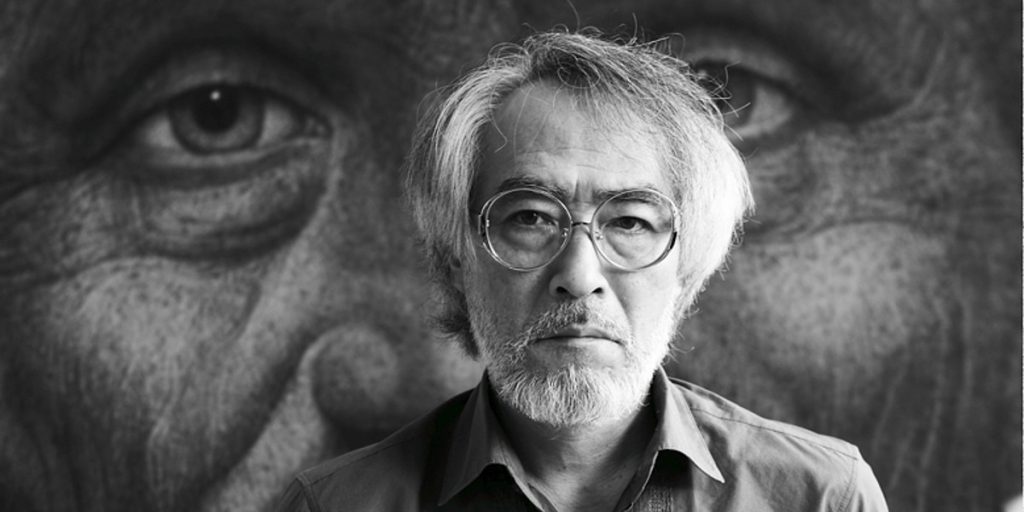Krispin Joseph PX
Hyperrealistic Art is always a fascinating topic; photography is almost forever changing Art’s history. Now, photorealism is operated in identical depth to express the artistic skill on the top of photography. By definition, hyperreality is the view that the fact is lost in representation, replaced by copies in its image.
Hyperrealistic artists bring the depth of eternal beauty to the body of the ‘subjects’. In a consumer culture, the object’s current version is nothing like the original, modern technology, media and capitalism. Hyperrealism is more than realism that portrays things like a high-resolution photograph; quality is always high, and the artist’s depiction is more than the realistic character of objects.
According to theory, the message is shaped by the medium used to convey it; it argued that each medium is a particular track or a climate with unique features that could modify the message and affect culture over time.

The Hyperrealistic Portraits of Hyung Koo Kang to gives us a chance to go back to the old questions of photography- photorealism and hyperrealism. Is it a photograph or a painting? This question constantly pop-up when we encounter hyperrealistic artwork. Korean artist Hyung Koo Kang is well known for his hyper-realistic portraits of historical heroes, famous faces worldwide, and everyday people, all mightily made by hand, down to the tiniest detail.

credit: mutualart.com
Kang’s people are from Andy Warhol to Clint Eastwood, then Abraham Lincoln to Joseph Stalin. Kang’s style is often treated as hyperrealism and photorealism. The artist uses the photograph as a starting point to start an artwork and then takes it beyond the original image. Kang’s imagination does not end up with these photographs or photorealism, but he brings the element that is not noticed in the pictures.

credit: mutualart.com
Kang is always keen on the details of a person’s face, the wrinkles, the facial muscles, and other features not shown at first glimpse. He portrays his ‘subjects’ in a mode that will grab their character and the outstanding features of their era, occasionally by using a single colour for the whole portrait, giving them a cartoon-like edge.





